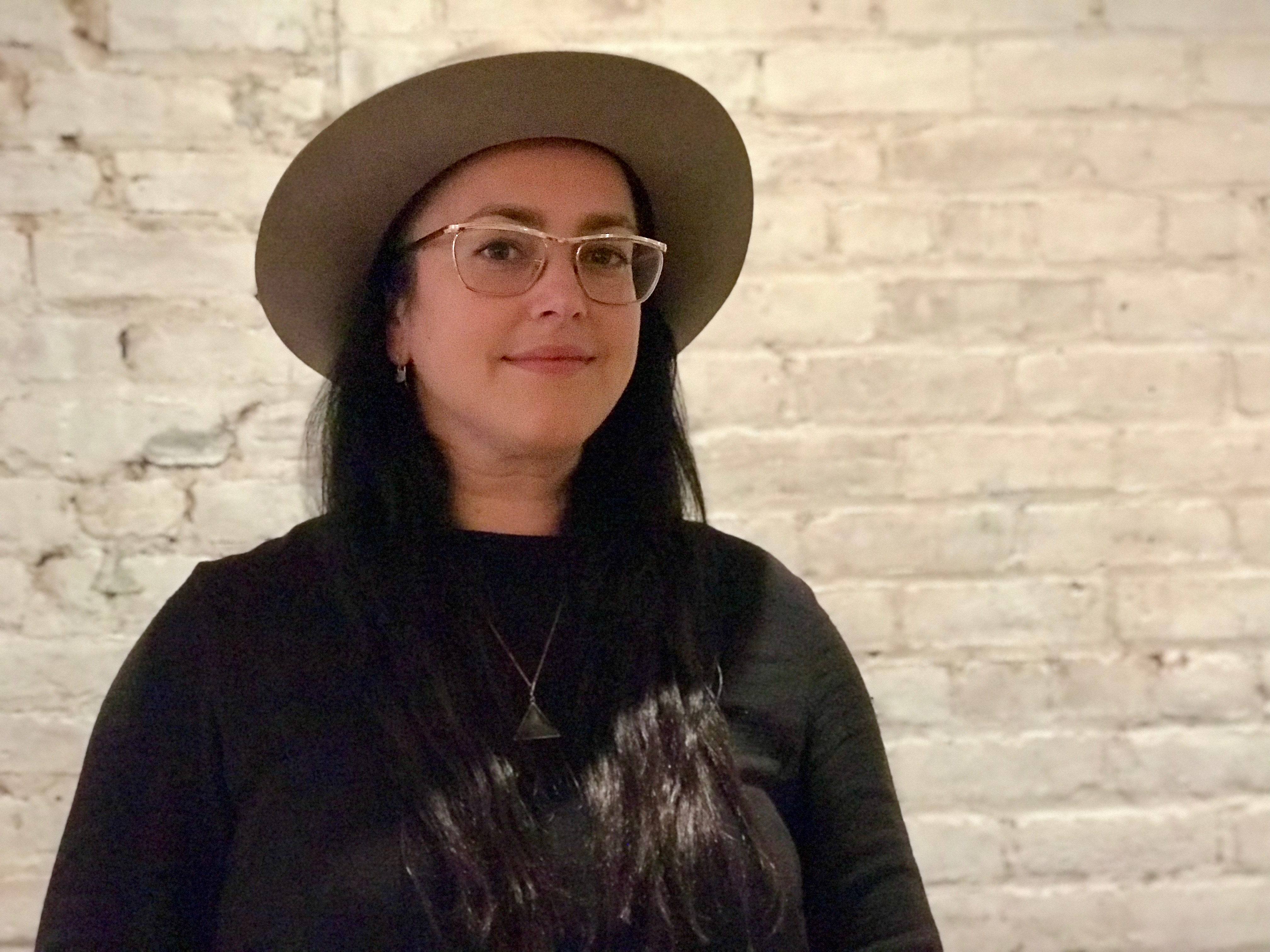I sit down with Sara Auster, a sound therapist and meditation teacher, to talk about what sound therapy is and how it helped Auster on her journey of personal recovery.
Transcription
SARA AUSTER: My name is Sara Auster. I am a Sound Therapist and meditation teacher.
LAURA RUBIO: What you are hearing right now are Himalayan Singing Bowls, one of the many instruments Auster uses in her practice. Sound therapy found its way into Auster’s life in an unexpected manner.
SARA AUSTER: I have been a musician my whole life and then, in 2002, when I was working as a professional artist and musician, the floor of my studio collapsed. And I fell 15 feet, I broke my back, I was temporarily paralyzed.
I suffered from chronic pain for a long time after that, which is really the very specific moment that set me on a path of sort of self-healing and self-inquiry and trying to, you know, figure out how to not be in pain all the time.
LAURA RUBIO: After the accident, Auster wanted to find a way to keep music in her life.
SARA AUSTER: Well, I have this love of music and I’m an artist and how can I creatively express myself in a way that’s holding space for other people to heal and recover from injury and trauma? That’s how I ended up here.
LAURA RUBIO: Auster offers her therapy in sound baths, meditative events that can be private, in small groups or at large-scale events.
SARA AUSTER: It’s not a concert. It’s often described as a concert. It’s not a concert because I’m not performing. I would say maybe it’s most similar to jazz in that it’s really like a conversation however it’s not just me in conversation with myself. It’s me in conversation with the humans that are in the room with me.
LAURA RUBIO: Something that is always present in Auster’s sound experiences are the crystal singing bowls heard earlier.
SARA AUSTER: Because they are bowls, they’re round, and I’m playing them by taking this rubber mallet or suede or, acrylic often, to circle around the outside to create a friction that makes them “sing,” that’s why they call them the singing bowls.
LAURA RUBIO: Auster also includes wind chimes in her sound baths, although they play their own part at the end of her sessions.
S: This may be like a little bit of a, you know, coming back, like a little gentle uh, you know, “Good morning! It’s time to wake up.” (Laughs) Yeah.
LAURA RUBIO: Auster believes that sound, like music, has the ability to shift our mood. It all depends on the relationship we develop with them.
SARA AUSTER: And so, it’s just, it’s part of life and part of city living. There’s lots of sounds like that in the city that I love to talk about, even the noisy neighbor.
LAURA RUBIO: She hopes that people can see that meditation is anything but a soundless experience.
SARA AUSTER: The truth is meditation is, it’s really just a practice of knowing yourself better, in a sense. And by knowing yourself better, you then know how to interact and relate with the world around you in a much healthier way.








